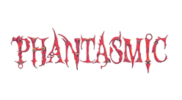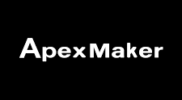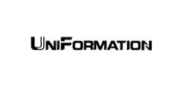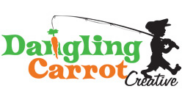
Vlad Konstantinov recently shared with us his experience helping to bring back to life a species that has never before been seen by the public, in the name of science. Vlad created the 3D model to include every detail, including skeletal structure, musculature, size, scale and more that would allow not only a graphical interpretation, but data to then 3D print the skeleton at full life size scale!
We were recently fortunate enough to speak with Vlad and hear about his experience as a 3D artist, his recent work on display at the Western Australian Museum, how he came to become an expert in creating scientific visualizations in the paleo realm and more! Read on below:


How did your journey as an artist begin?
My career began in 2007 and I work mostly on creature, animal and monster 3D-models for movies, computer games, advertising, collectibles, etc. But at the same time a huge part of my job is connected with prehistoric fauna and paleo art. I constantly collaborate with various museums all over the world and took part in production of TV-shows for different channels including such famous brands as Discovery and National Geographic.

Your most recent project involves the recreation of several extinct species and is on display at the Western Australian Museum, can you tell us about that?
I have worked on many museum projects from different continents and countries but WA Museum Boola Bardip is definitely among the most interesting and unusual for me. In collaboration with museum workers, scientific advisors, 3d-printing specialists, painters and other talented professionals we created several life-sized sculptures of various extinct creatures including the real 16 meters long Sauropod dinosaur and Megalodon head! Even now, when the work is done, it still sounds crazy for me. On that project I was responsible for design, 3D-sculpting and texturing of the original prototypes. The final 3D-models is a result of long-term paleontological reconstruction process under the direction of scientific consultants.

How long have you been using ZBrush? Was it used for your museum piece? If so, how did it benefit you in your creation process?
I’ve been using ZBrush since version 2! This program is a constant part of my pipeline. The coolest thing is that nowadays the modern 3D-art technologies may be applied to the real scientific work. You don’t have to deal only with the actual fossils anymore. Now you can make a lot of preparation, restoration and exploration job right inside ZBrush using the 3D-scanned copies which helps to keep the real paleontological artifacts untouched and safe. I believe this is the future of paleontology! And you can use the results of such work for life-size 3D-printing without making casts from the original fossilized material or even for creation of accurate life reconstructions right over the bones. Using 3D, you can collaborate with the team from any corner of the globe without physical access to the artifacts, although there is one significant minus – in some cases you are not able see the final sculptures with your own eyes and have to be content with just photos or videos!


Do you have any new projects on the horizon?
Oh, I’m working on something very special at the moment! Unfortunately, I’m not allowed to disclose any particular information about the project but I can give you a little hint – It’s again connected with life-size 3D-printing and… dragons!
See more images from the WA Museum exhibit and join the discussion on ZBrushCentral here!
Check out Vlad’s Instagram here












